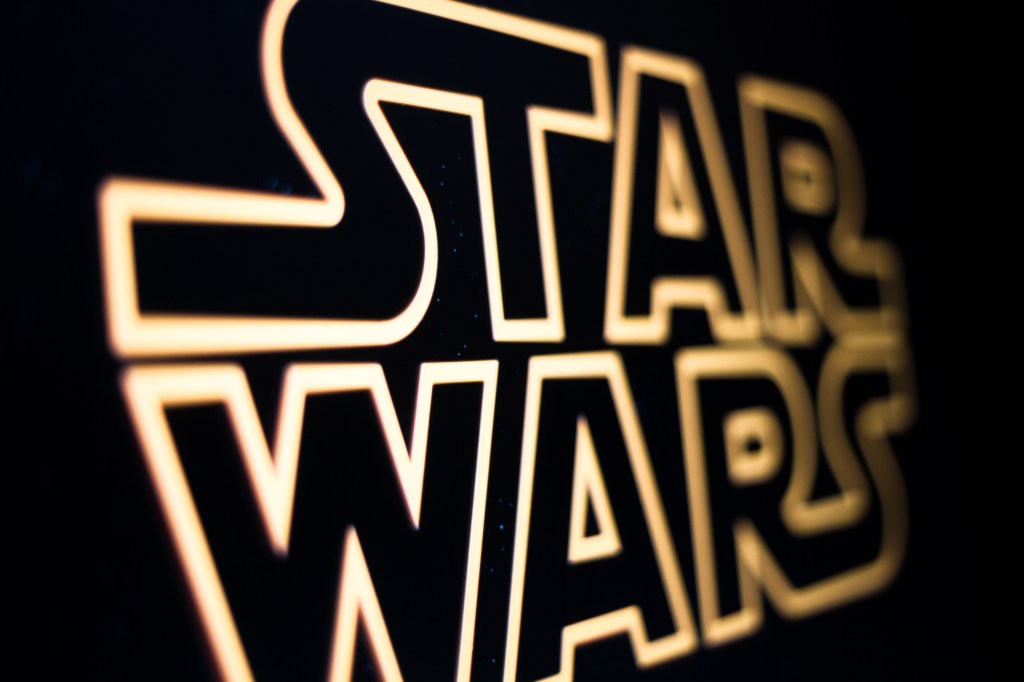
I love the Food Network show Chopped. It’s calming. It is a competition show, but there are no hosts or contestants who yell or sound like wrestling announcers. (I’m looking at you, Guy Fieri.) They don’t even provide recipes. (That’s okay with me since I hardly ever have to make dinner with pork bung, stinging nettles, and green bean ice pops.) I do pick up a few tips: When they say “lacks seasoning,” they mean salt. (This is something my husband doesn’t understand.) You can glaze turkey with tangerine juice. (I used orange juice.) You can’t plate the way a normal person does. It has to be piled up like food Jenga. But I digress.)
There are everyday rules that apply to the show…well, every day. If you get blood on your plate, the judges won’t eat it (unless blood is one of the basket ingredients, which is not altogether impossible). Honor the ingredients (no, I’m not sure what that means either—bow to them, maybe?).
But beyond the official rules, there are “rules” that ought to be Rules. These are the things that a contestant should absolutely not do.
Don’t try to make risotto or polenta. Most of the time there’s not enough time (the rest of the time, there’s too much). If there’s not enough time, risotto will come out so al dente that the dente means tooth of the chipped variety. If there’s not enough time for polenta, you’ll have grits. Also, they both require a lot of attention—adding liquid and stirring—so if you want to make anything else (you do), it won’t come out right either.
Don’t try to make panna cotta. There just isn’t enough time for it to set up, even in the blast chiller. You might as well just put some strawberries in and say you’re serving cold fruit soup for dessert. Cold fruit soup is a thing and a yummy one at that.

Don’t use truffle oil. You may be tempted. After all, truffles are a high-end ingredient. But truffle oil overwhelms anything it touches. (Another common trap is using extracts. Almond. Amaretto. Anise. Rose water (which will make your dish smell and taste like soap). You should probably take the hint when you learn that rose water is used for make-your-own lip gloss (if you’re into that kind of thing). But I digress some more.)
Beware of garnishes. In the world of Chopped, NFG means Non-Functional Garnish. (Never mind what it means in the rest of the world.) Basically, it means any garnish you can’t eat or wouldn’t want to. They’re put on a dish just to make it look pretty. Think parsley, which used to garnish everything and now simply isn’t seen. Whole ghost peppers added for color. Even the little mint leaves that, like parsley on dinner plates, used to decorate any dessert are now out of vogue.
Beware of the oven. Ovens are tricky. They will never (I repeat, never) cook that puff pastry in time. Or the phyllo dough. Or the croissants. Probably not even the cookies, and definitely not the cupcakes. (The cupcakes will also not release from the pan, which means you have to dig out the tops and call the result “deconstructed.”) On the other hand, if you put streusel in the oven, it will burn. And if you keep opening the door and peeking in the oven, you’re toast, so to speak, though your bruschetta won’t be.
How do I avoid these pitfalls in my own daily life? That’s easy. I make peanut butter and jelly or bologna and cheese sandwiches, or microwave some soup. (If you’re thinking Dan would object to this, he doesn’t. My efforts are for lunch. He does the dinners. Except when I have to make the cornbread to go with the cowboy beans. But I digress yet again. I guess I’ve digressed a lot this week if you’re keeping score. I just can’t help myself. Just like I can’t help myself when a cooking competition comes on. I’ll even turn off InkMaster to watch Chopped.)









